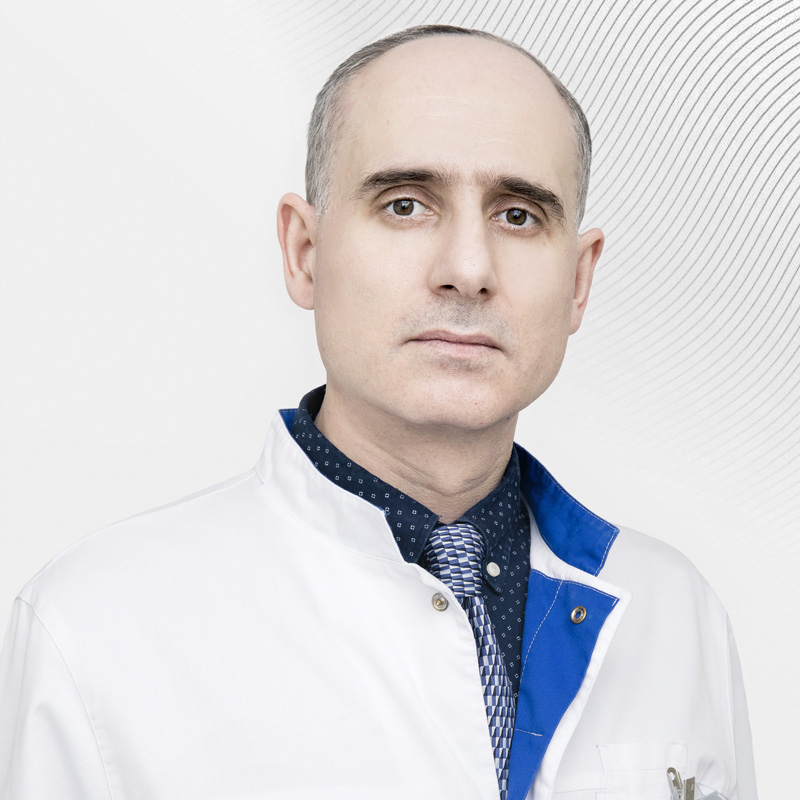Hemorrhoidectomy: indications, preparation, surgery and rehabilitation
Hemorrhoidectomy is the surgical removal of internal hemorrhoids. This radical surgical intervention makes it possible to achieve complete relief from all symptoms. Various types of anesthesia can be used during the operation: local, sedative, general, and regional. In addition, hemorrhoidectomy is sometimes performed on an outpatient basis, but you need to be prepared for the fact that hospitalization will still be required.
In the EMC, the operation is performed under spinal anesthesia with sedation. Surgical treatment of hemorrhoidal disease for our patients turns into a twenty-minute nap.
Indications for hemorrhoidectomy
- hemorrhoids stages 3-4,
- the presence of protruding and non-correcting hemorrhoids,
- lack of effect from conservative and outpatient treatment,
- inefficiency or impossibility of using minimally invasive techniques.
Types of operations
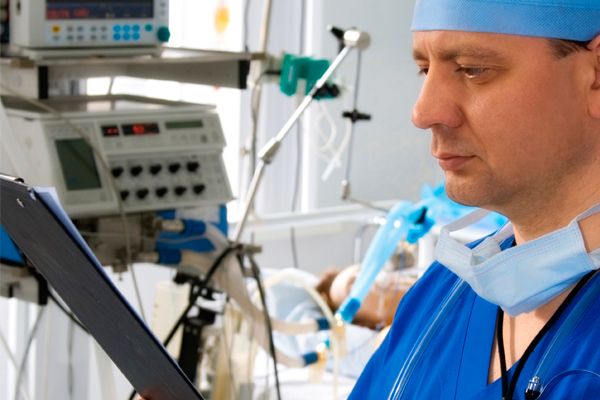 The EMC Department of Coloproctology has the technical equipment to apply all types of techniques in the treatment of hemorrhoidal disease, including conservative (such as latex ligation, ultrasound removal of hemorrhoids) and radical surgical interventions.
The EMC Department of Coloproctology has the technical equipment to apply all types of techniques in the treatment of hemorrhoidal disease, including conservative (such as latex ligation, ultrasound removal of hemorrhoids) and radical surgical interventions.
Hemorrhoidectomy can be performed using one of the following techniques:
Milligan-Morgan method ("open")
During this operation, excess tissue is removed, causing bleeding and nodules to fall out. At the same time, EMC coloproctologists use an ultrasonic harmonic scalpel and a bipolar coagulator. These tools provide virtually bloodless removal of hemorrhoids without suturing. Although treatment is more painful, recurrence occurs much less frequently (in our experience, in only 1-5% of cases). The operation can be performed under general or epidural anesthesia.
Longo operation
Another name for the operation is stapler hemorrhoidopexy. During this operation, part of the mucosa is excised, and the hemorrhoid itself is not removed, but rather tightens up and decreases in volume. As a result, the blood supply to the nodes decreases, and they become overgrown with connective tissue.
Submucosal hemorrhoidectomy according to Parks
During this operation, the hemorrhoid node is excised, but the mucous membrane covering it remains. The operation is more complicated than those listed above, but it has a number of advantages, including the almost complete absence of urination disorders and a less pronounced pain syndrome.
Ferguson Hemorrhoidectomy (closed)
Is a modification of the Milligan-Morgan method, but, unlike it, involves suturing wounds formed after removal of hemorrhoidal plexuses. The advantage of Ferguson surgery over the Milligan-Morgan method is less intense pain and faster wound healing.
Contraindications to hemorrhoidectomy
- immunodeficiency conditions;
- Crohn's disease;
- inflammatory processes in the intestine and anus;
- oncological diseases;
- pregnancy;
- blood clotting disorder.
Preparation for the operation
Cleansing enemas should be performed on the eve and morning of the operation. No food or liquids are allowed on the day of surgery.
Postoperative period (rehabilitation)
 As a rule, our patients recover completely after surgery within 2-3 weeks. Sometimes this period can last up to 1.5-2 months, depending on the individual characteristics of the patient's body. Patients are usually on sick leave for 7-10 days.
As a rule, our patients recover completely after surgery within 2-3 weeks. Sometimes this period can last up to 1.5-2 months, depending on the individual characteristics of the patient's body. Patients are usually on sick leave for 7-10 days.
Due to the use of modern technologies in the EMC, patients are transferred to outpatient treatment on the second day after surgery.
During the recovery period, special care must be taken to keep the perianal area clean, use laxatives, and avoid physical activity. Do not strain yourself during bowel movements, as this may lead to a recurrence or rupture of the seams.
In addition, it is worth paying special attention to the diet. It is recommended to consume more fiber-rich foods (vegetables, fruits, cereals), and avoid foods that cause gas formation (milk, fresh bread, cabbage) and can cause constipation (rice). You need to eat small portions 5-6 times a day. You should also limit the consumption of fried, salty, spicy, fatty foods, giving preference to boiled and stewed foods.
It should be remembered that the treatment of hemorrhoids is most effective in its initial stage. Therefore, EMC doctors recommend that at the first sign of hemorrhoids, do not postpone a visit to a coloproctologist. You should also consult a doctor if you find blood during defecation or in the stool, pain, itching and a feeling of a foreign body in the anus, as similar symptoms are observed in more serious proctological diseases, including cancer.
Get help
Specify your contacts and we will contact you to clarify the details.
Doctors
.jpg)
Ruben Metsaturyan
Head of the Surgery Department and Acting Head of the Surgical Clinic, Doctor of the highest category, Ph.D. of Medical Sciences
-
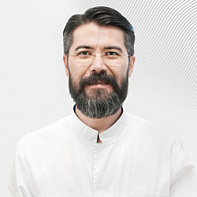
Anvar Iuldashev
Ph.D. of Medical Sciences
-
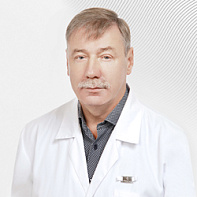
Dmitriy Semenov
Doctor of Medicine, Professor
-

Nechay Taras
Doctor of Medicine, Associate Professor, Professor
-
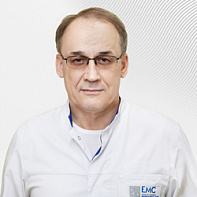
Dmitry Ruchkin
Leading thoracoabdominal surgeon of the Russian Federation, Doctor of Medicine, Professor
-
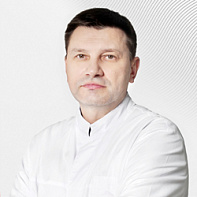
Igor Andrreytsev
Doctor of Medicine
-

Chzhao Аleksey
Doctor of Medicine, Professor
-
.jpg)
Krishchanovich Olga
-
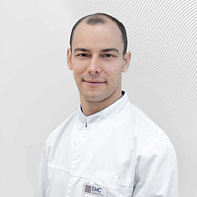
Tsilenko Konstantin
-
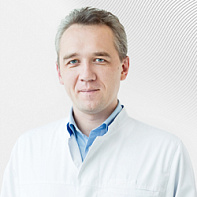
Evgeny Tarabrin
Chief Freelance Thoracic Surgeon of the Moscow Department of Health and the Ministry of Health of the Russian Federation for the Central Federal District, Doctor of Medicine
-
.jpg)
Leval Pulad
-
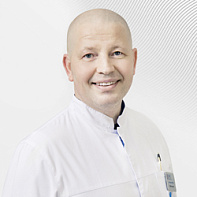
Sidnev Aleksander
Ph.D. of Medical Sciences
-
.jpg)
Tsvetkov Vitaliy
Professor, Doctor of Medicine
-
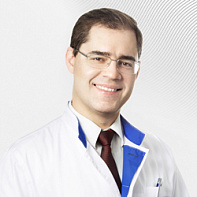
Ignatiev Roman
Surgeon, urologist, polyclinic and hospital, Doctor of Medicine, Doctor of the highest category
-
.jpg)
Lafishev Elmurat
-
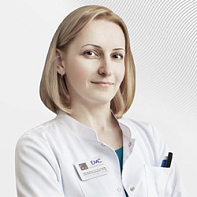
Marina Bissessar
-
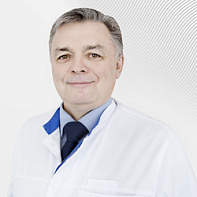
Langner Aleksander
Ph.D. of Medical Sciences, Associate Professor
-
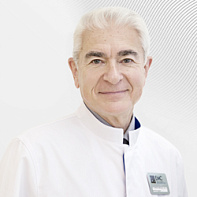
Kan Vladimir
Senior physician of the surgical department, Doctor of the highest category, Ph.D. of Medical Sciences
-
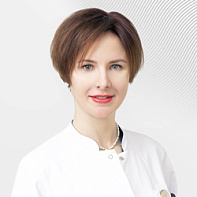
Borodina Ekaterina
-
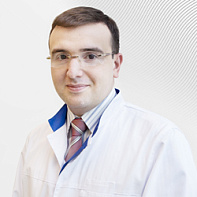
Askerhanov Rashid
Ph.D. of Medical Sciences, Associate Professor
-
Ruben Metsaturyan
Head of the Surgery Department and Acting Head of the Surgical Clinic, Doctor of the highest category, Ph.D. of Medical Sciences
- He is one of the leading surgeons of the EMC. During the absence of the head of the EMC Surgery Center, he acts as the head
- The main specialization is abdominal "planned" and "urgent" surgery
- Member of the Russian Society of Surgeons named after N.I. Pirogov
- Member of the Russian Society of Surgeons named...
Total experience
25 years
Experience in EMC
since 2015
